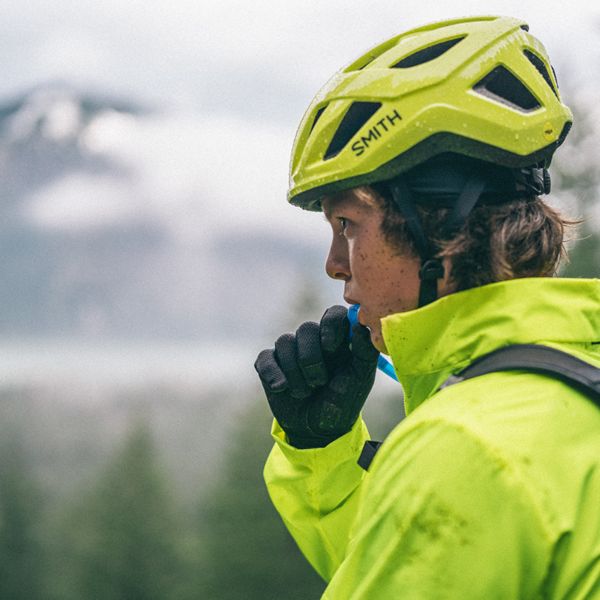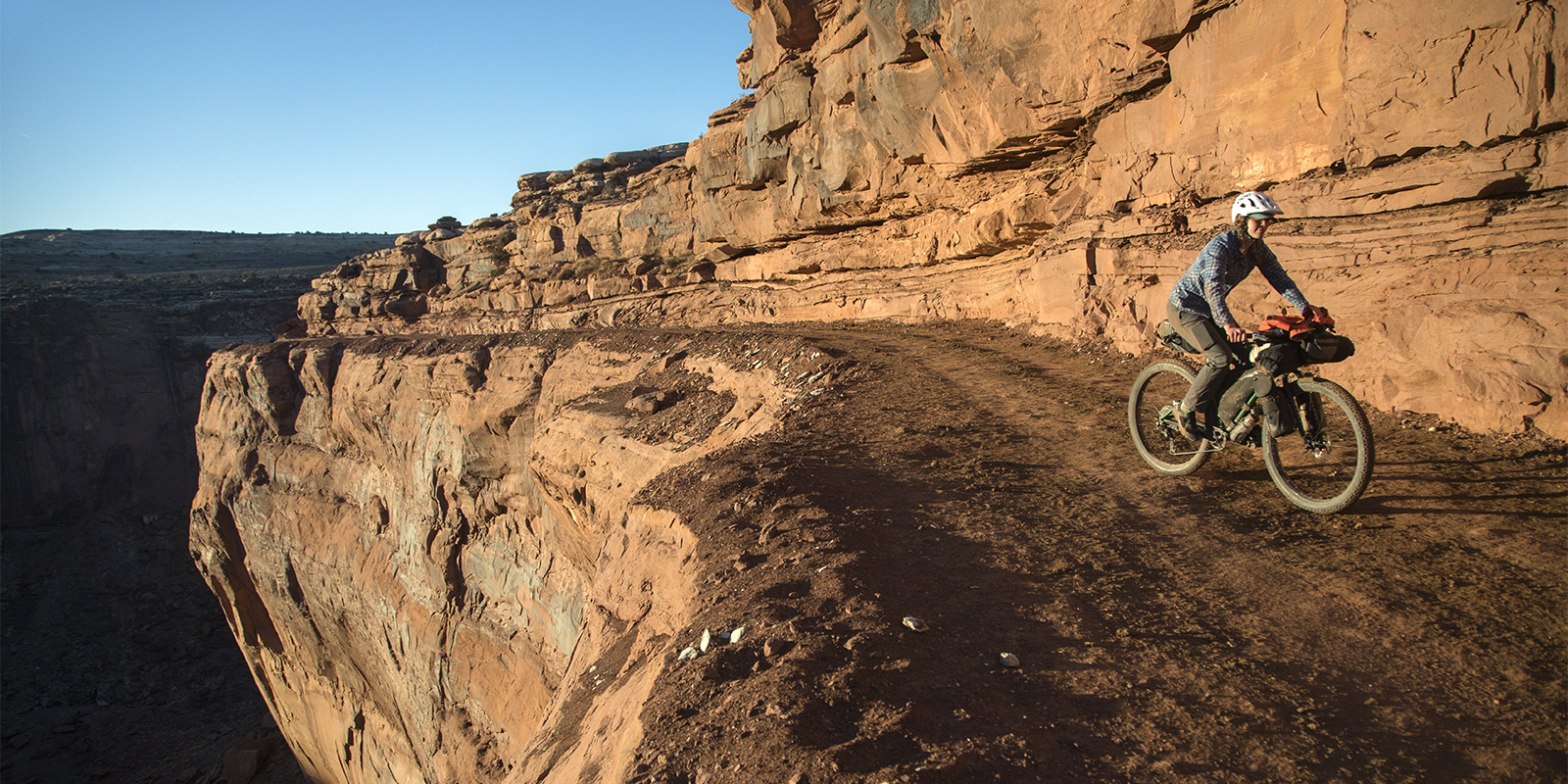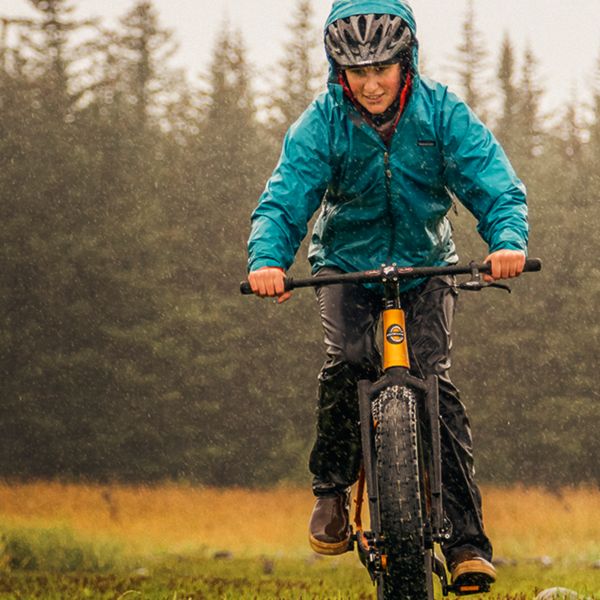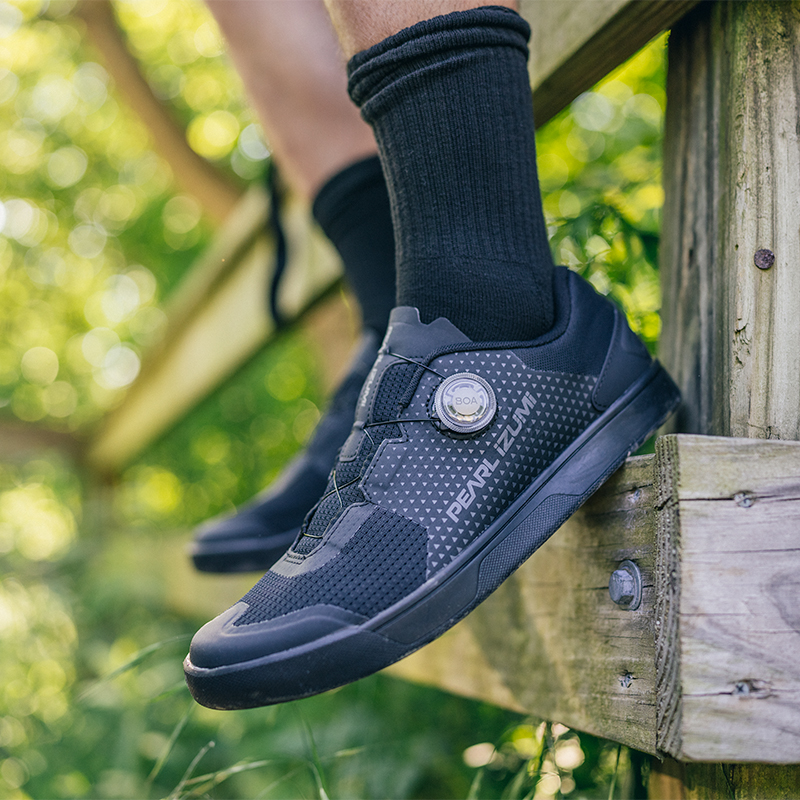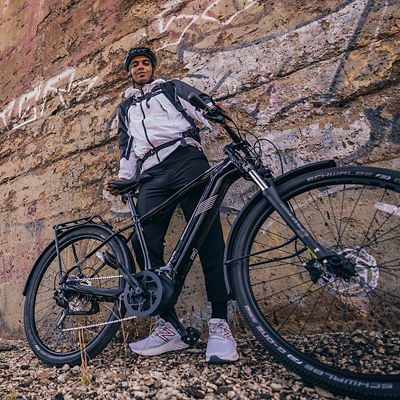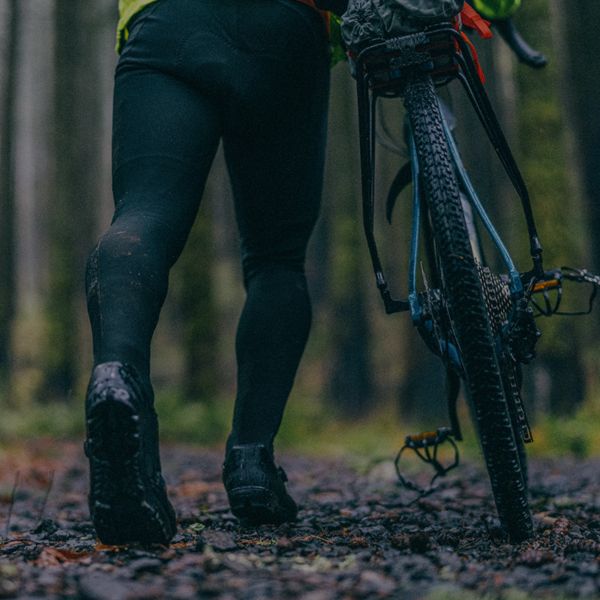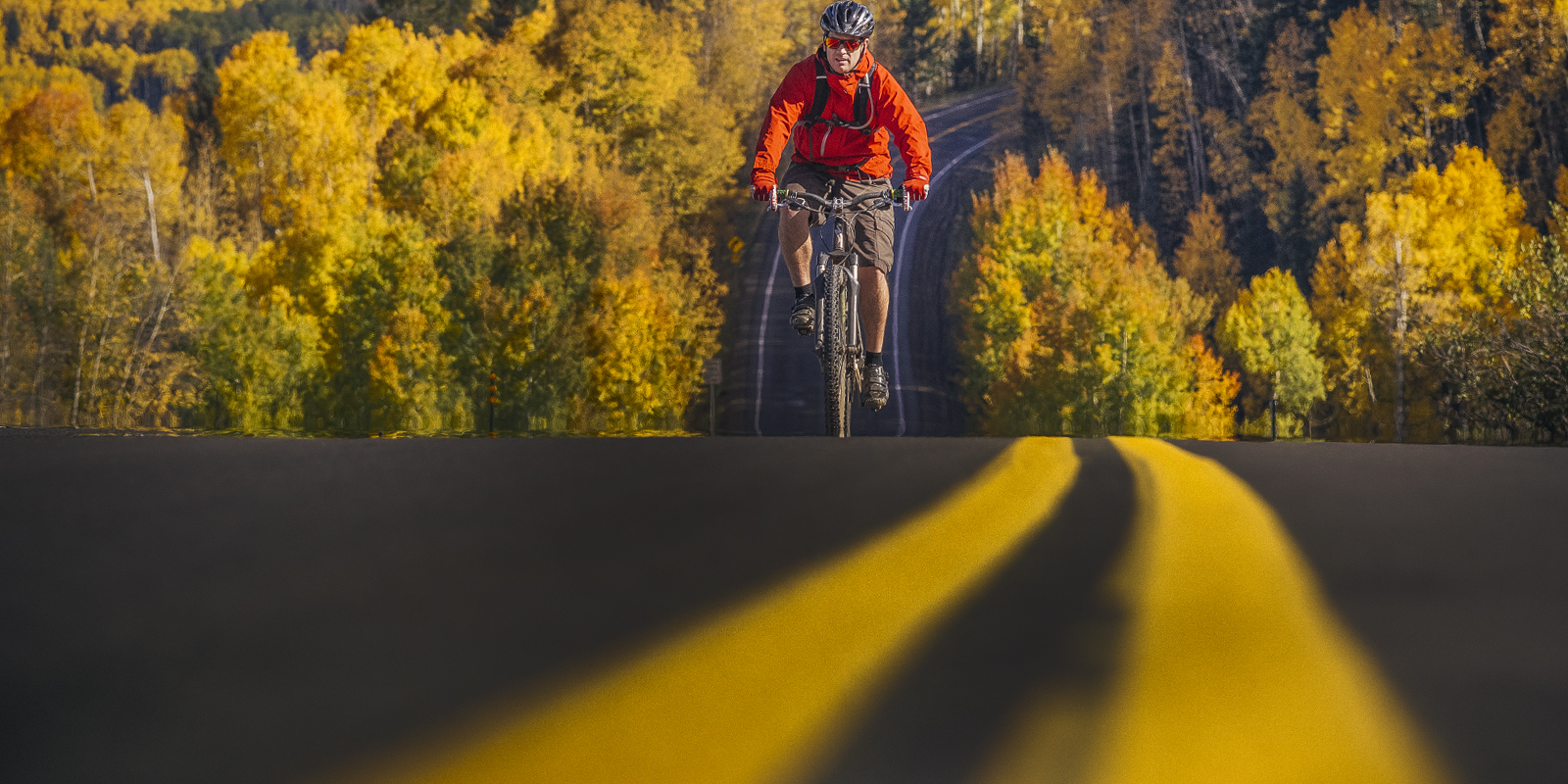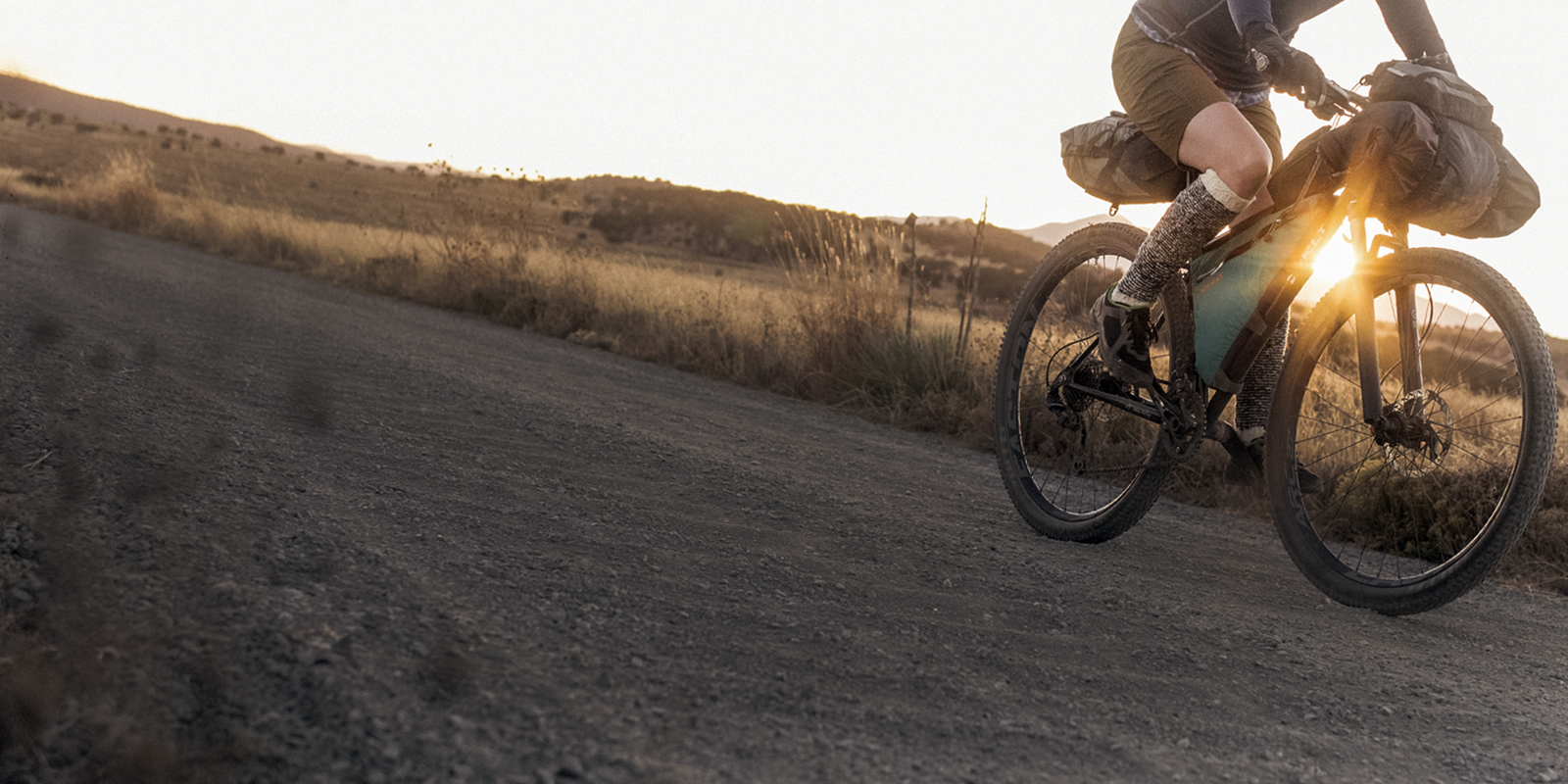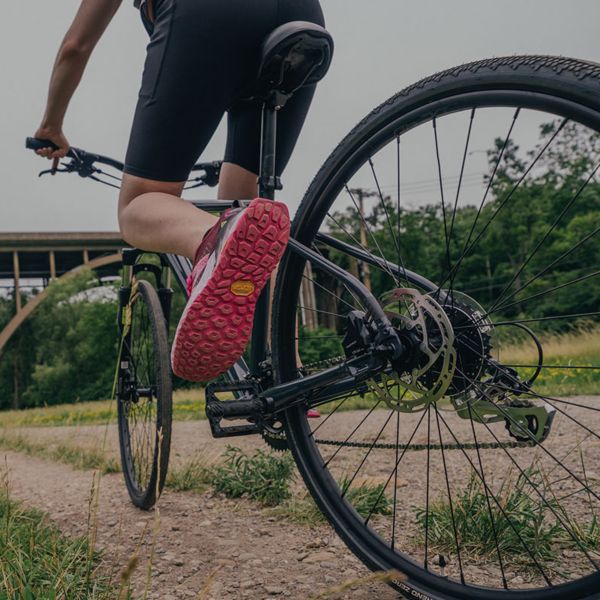Technically, you can ride your bike in your favorite vintage band T-shirt, but if you’re pedaling for any distance or time, you might regret it. Cotton T-shirts look great with jeans, but they absorb and hang onto moisture like a sponge. Bike jerseys, on the other hand, are engineered to perform, with fibers that dry fast and features that come in handy when you’re in the saddle. Those jerseys come in a variety of different styles and are built for a variety of different situations. There are classic skin-tight jerseys made for racing and long-sleeve jerseys that don’t look like jerseys at all. Not to mention, there’s summer jerseys and winter jerseys and shoulder-season jerseys…but at their heart, every bike jersey is designed to be comfortable and handle the rigors of biking while defending you against the elements, whether that’s the sun and 90-degree heat, or stray branches crowding the trail on a winter afternoon. Here’s how to choose the best bike jersey for your next ride.
Types of Bike Jerseys
There are two main categories of bike jerseys: road jerseys and mountain bike jerseys, but within those two broad categories are a few niche styles that are separated further by the kind of riding you’re doing. Road jerseys are typically categorized as casual, or “club” jerseys, which have a looser fit; and the much tighter racer jerseys, some of which will have some compression component to them. Meanwhile, mountain bike jerseys are divided into cross-country and downhill categories. The difference between all of these jerseys comes down to the fit and features.
Bike Jersey Fit
Traditionally, road jerseys have a snug fit that might seem a bit uncomfortable if it’s your first time wearing one. That tight fit helps reduce wind drag if you’re racing, but more importantly, helps reduce chafing. Loose clothing rubbing against your skin over and over during a 50-mile bike ride will rub you raw, which is one of the reasons you’d regret riding in your favorite cotton T-shirt. So how tight should you go? A simple rule: The faster you’re going on your bike, the tighter the jersey should be. Pro cyclists even wear clothing that has a compression element to it. But casual road cyclists don’t need the tightest fitting jerseys. Fortunately, many cycling brands offer more relaxed-fit jerseys for casual cyclists.
For mountain bikers, cross-country jerseys will look and fit more like a road jersey, with a tighter cut. Downhill and enduro jerseys have a looser cut and are often long sleeved to help protect you against errant branches and falls.
If you’re looking for a high-end, pro-style road cycling jersey, you might need to know a couple of key measurements beyond your basic size: the circumference of your hips and the circumference of your chest. If you have a cloth measuring tape, both numbers are easy to get.




